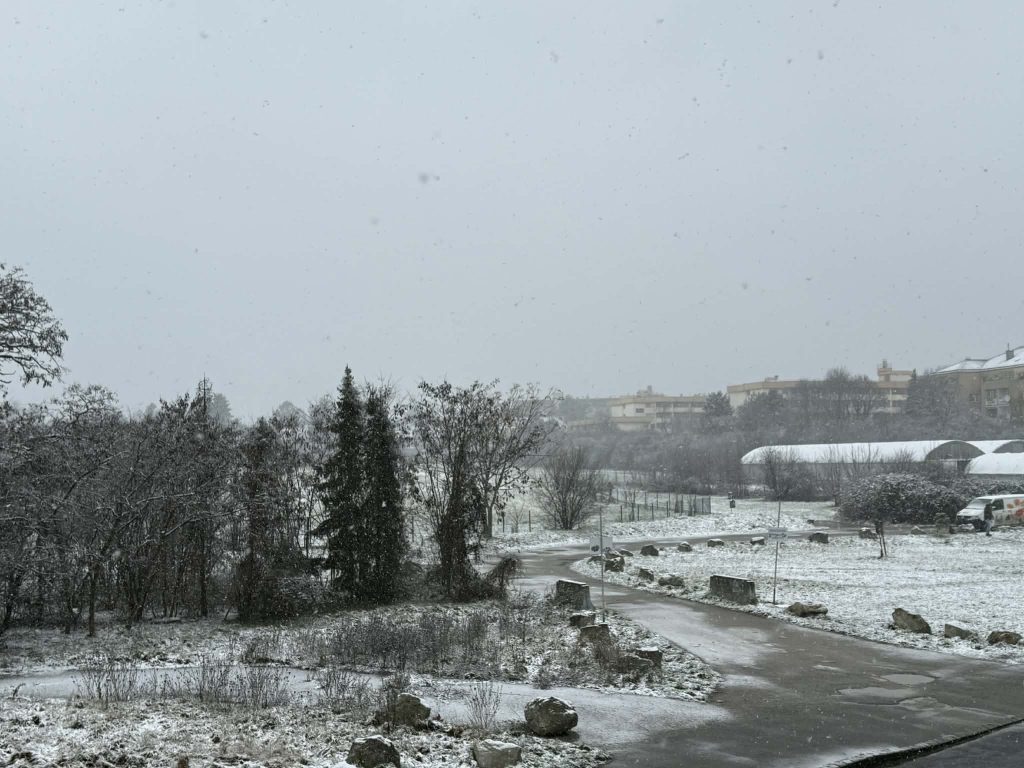The population of Austria has grown strongly. A calculation of Statistics Austria shows this.
On Jan. 1, 2023, 9,106,126 people lived in the country, up 127,197 (plus 1.4 percent) from the beginning of 2022, according to preliminary data from Statistics Austria. The increase was much larger than in 2021, when the increase was 46,265 people or 0.5 percent. It was also slightly larger than in 2015, when there were plus 115,545 persons or 1.3 percent. A good half of the increase was due to the Ukraine war.
“Austria grew more in 2022 than in previous years. After the population had already exceeded the nine-million mark in Q1 2022 due to refugee migration from Ukraine, it was more than 9.1 million at the beginning of 2023. A good half of the population growth in 2022 is attributable to people with Ukrainian citizenship,” Statistics Austria Director General Tobias Thomas said Tuesday, “These recorded the strongest overall growth of all foreign nationalities (plus 66,899 people). The Ukrainians, who totalled 79,572 at the beginning of the year, thus represent the ninth largest foreign nationality in Austria.
Germans remain by far the largest group of foreigners, with 225,106 people. The second largest nationality in Austria is Romania, with 147,403 nationals ahead of 122,016 people from Serbia in third place, Statistics Austria reported. A total of 1,730,286 people with foreign citizenship lived in Austria as of the reporting date.
Their share of the total population increased from 17.7 percent on Jan. 1, 2022, to 19 percent on Jan. 1, 2023. Over the past year, the number of foreign nationals thus increased by 143,577 people (up nine percent), while the number of Austrian nationals decreased by 16,380 (down 0.2 percent).
The largest percentage increase in the population of all provinces was recorded by Vienna, with plus 2.6 percent. At plus 1.3 percent, the increase was about half as large in Burgenland and somewhat lower in Upper Austria, Vorarlberg and Lower Austria (plus 1.2 percent each). In Salzburg, Styria and Tyrol, the population rose by one percent each, while the increase in Carinthia was the smallest at plus 0.8 percent.
Only four political districts (Rust, Gmünd, Lilienfeld and Wolfsburg) saw population declines of up to one percent. All other districts recorded increases, the strongest being Eisenstadt, the capital of Burgenland (plus 3.2 percent). There were also high increases in Sankt Pölten-Stadt (plus 2.3 percent) and Tulln and Graz (plus two percent each).
Within Vienna, all municipal districts recorded an increase. The strongest growth was recorded in Innere Stadt (plus 5.9 percent), Donaustadt (plus 4.4 percent) and Penzing (plus 4.1 percent). The smallest increase was in Hernals, where the population remained virtually unchanged.
- source: k.at/picture: Bild von Gerd Altmann auf Pixabay
This post has already been read 4205 times!



